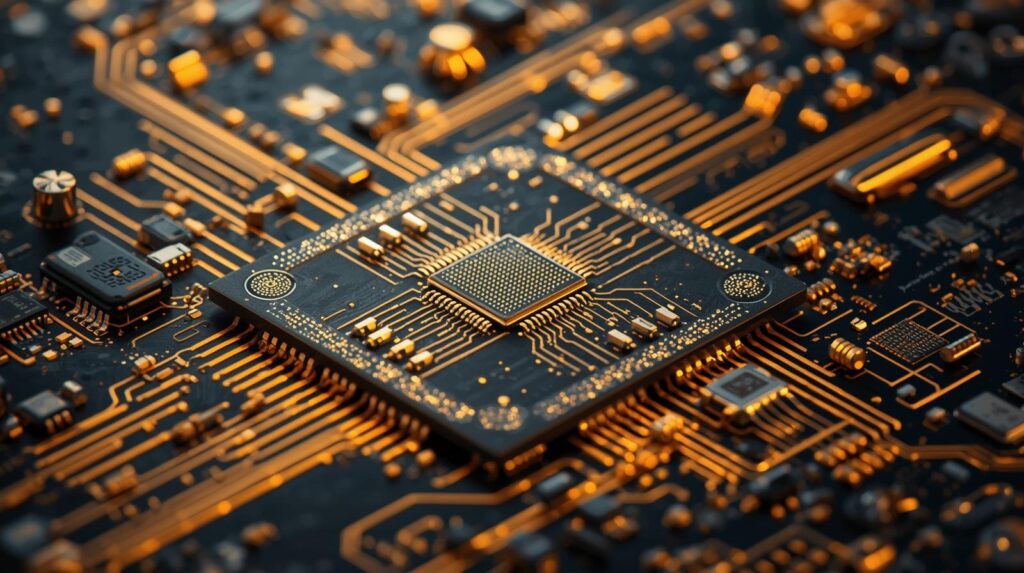The micro-electromechanical systems (MEMS) market is entering a transformative phase as its role expands across the Internet of Things (IoT), wearable technologies, and next-generation smart devices. MEMS, which combine miniaturized mechanical and electrical components, have become integral to the development of compact, efficient, and intelligent systems. With billions of connected devices expected to come online in the coming years, the demand for MEMS sensors and actuators is set to rise exponentially. The market forecast points toward strong growth, fueled by technological advancements, the proliferation of smart applications, and the need for real-time data collection and analysis.
Download PDF Brochure @ https://www.marketsandmarkets.com/pdfdownloadNew.asp?id=13689179

MEMS as the Backbone of the IoT Ecosystem
The rapid adoption of IoT is one of the most significant drivers of the MEMS market. MEMS sensors serve as the fundamental layer of data collection in IoT ecosystems, enabling devices to sense changes in motion, pressure, temperature, sound, and environmental conditions. These sensors provide the critical input required for smart homes, industrial automation, agriculture, and connected healthcare systems. For example, MEMS-based accelerometers and gyroscopes power motion detection in connected devices, while pressure sensors and microphones expand functionality in industrial monitoring and voice-activated applications. As IoT continues to grow, MEMS technology will be indispensable in building efficient and responsive networks of smart devices.
Expanding Opportunities in Wearable Devices
Wearable technology is emerging as a key growth driver for MEMS adoption. Fitness trackers, smartwatches, and health-monitoring devices depend heavily on MEMS sensors to measure activity levels, track biometrics, and provide personalized feedback. MEMS accelerometers, gyroscopes, and pressure sensors allow these devices to monitor movement and health parameters with precision, while miniaturization ensures comfort and portability for users. In the future, more advanced wearables — including AR glasses, medical-grade monitors, and smart clothing — will increasingly integrate MEMS components, creating vast opportunities for innovation in the consumer and healthcare markets.
MEMS Integration in Smart Consumer Electronics
The consumer electronics sector continues to be a major contributor to MEMS market growth. Smartphones, tablets, and laptops incorporate multiple MEMS sensors for features such as screen rotation, gesture control, voice commands, and environmental awareness. With the shift toward foldable devices, immersive AR/VR platforms, and voice-first interfaces, MEMS will play a larger role in enabling seamless and interactive user experiences. Smart home devices — from connected speakers and security systems to thermostats and appliances — also rely on MEMS technology for enhanced functionality and efficiency. This expanding role underscores MEMS’ importance as the foundation of the smart device revolution.
Technological Advancements Driving Market Expansion
The MEMS market forecast is further strengthened by technological advancements in materials, design, and integration. Progress in nanofabrication and wafer-level packaging is enabling smaller, more energy-efficient MEMS devices that can be easily embedded into compact electronics. Innovations in piezoelectric materials and energy-harvesting techniques are paving the way for self-powered MEMS sensors, reducing reliance on batteries and extending the life of IoT and wearable devices. Coupled with artificial intelligence (AI) and edge computing, MEMS sensors are becoming smarter, capable of processing data locally and enabling real-time decision-making in connected ecosystems.
Challenges and Market Outlook
Despite its promising future, the MEMS market faces certain challenges. High manufacturing complexity, calibration requirements, and the need for standardization can pose hurdles to widespread adoption. Additionally, as IoT and smart device markets expand, ensuring data security and device reliability will become critical. However, continuous innovation and investment by industry leaders are addressing these challenges, driving costs down and improving performance. As 5G networks, AI, and advanced IoT platforms proliferate, the demand for MEMS sensors and actuators is expected to surge, supporting strong market growth over the forecast period.